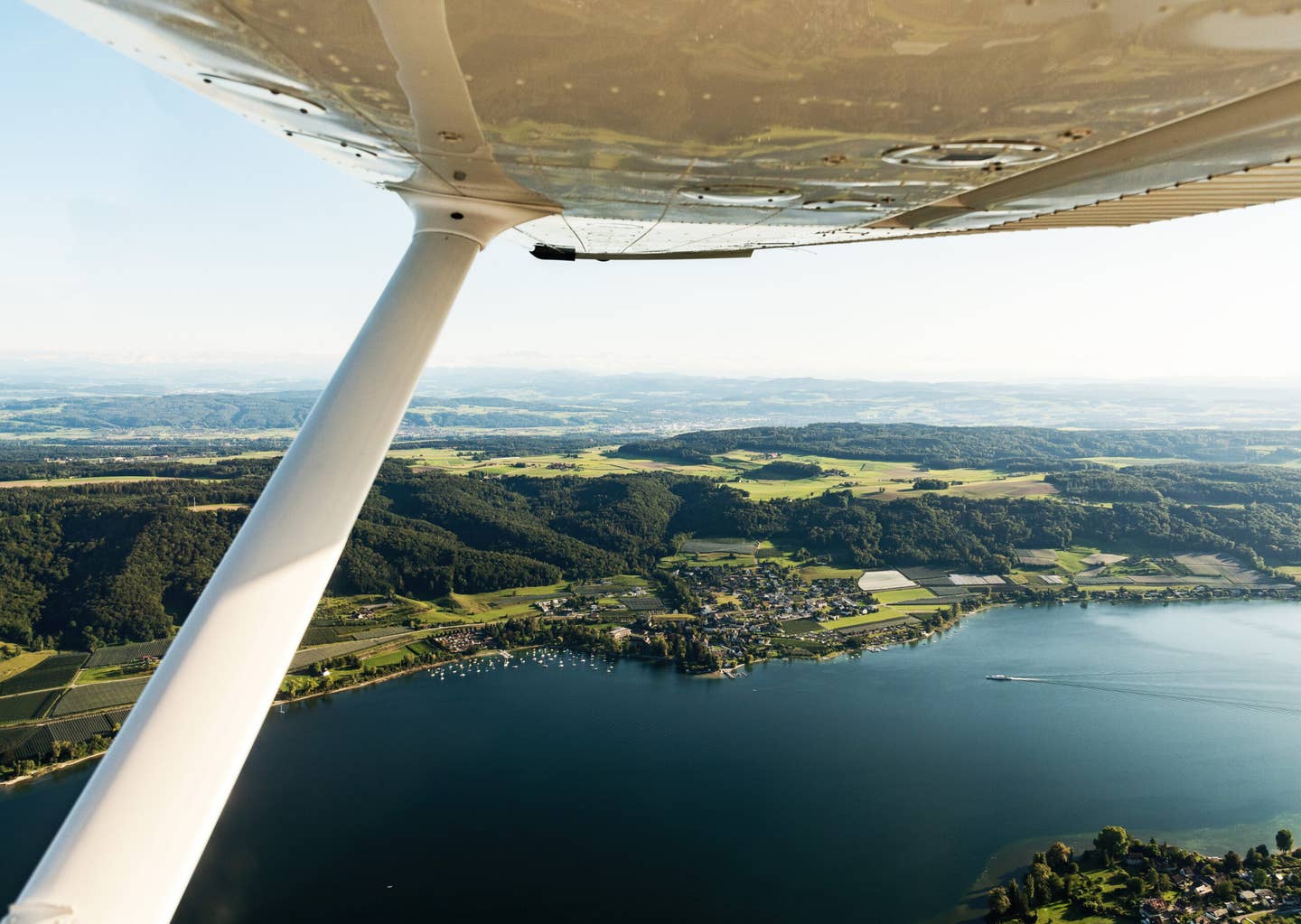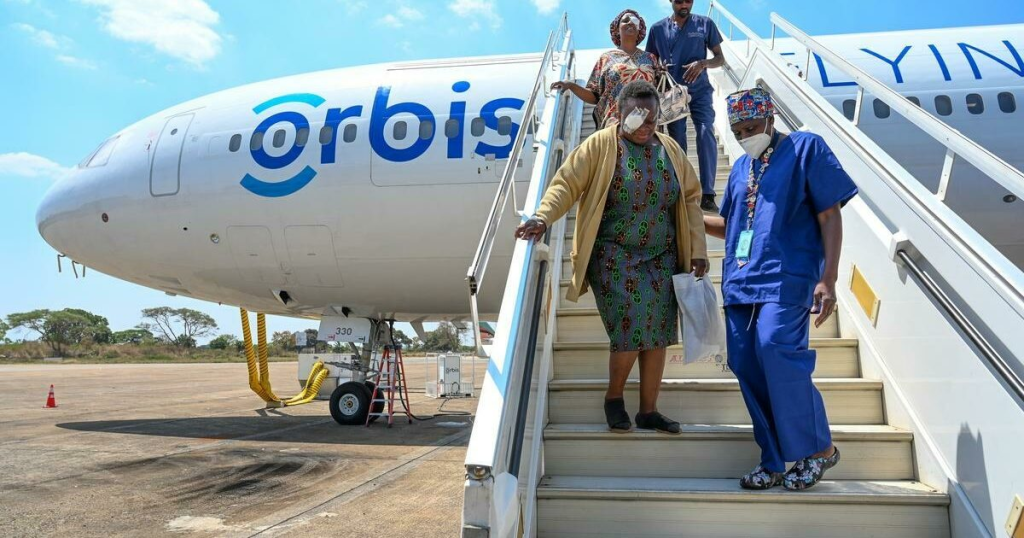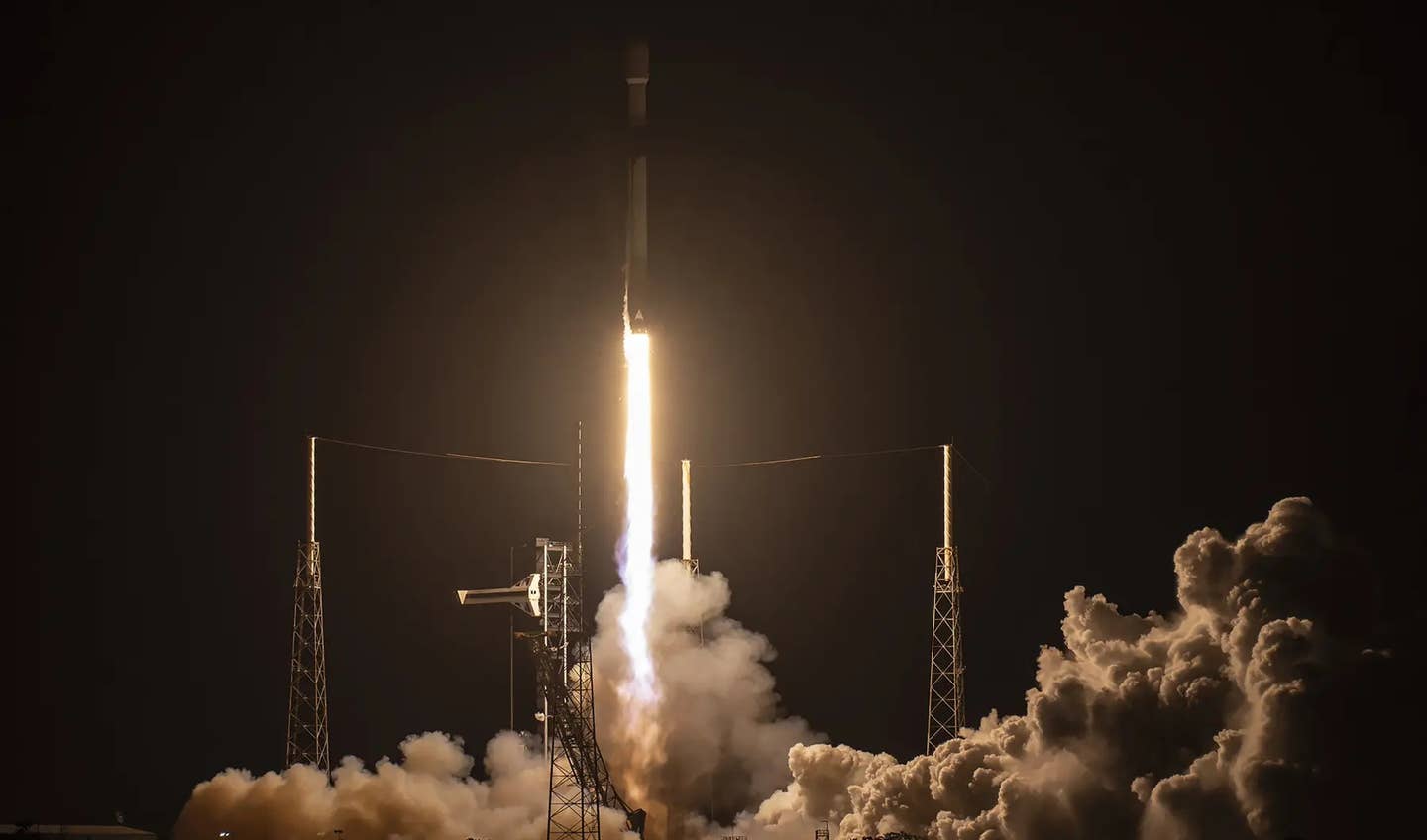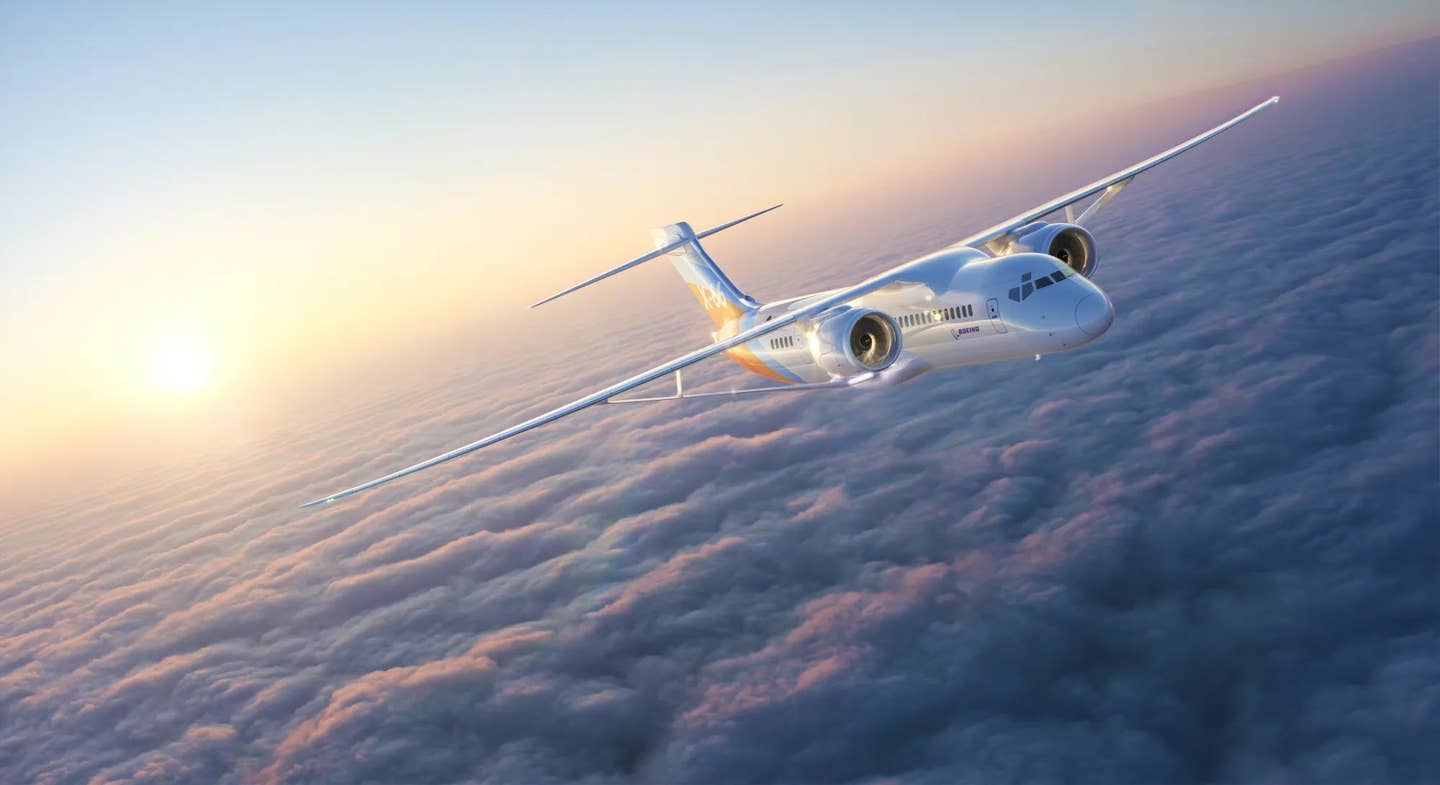
On January 4, 2007, at about 8:30 p.m. EST, a Cessna 182P with three aboard left Newport News, Virginia, for Columbia, South Carolina. Rain and fog were forecast for Columbia, and the pilot, a 7,200-hour ATP, had filed an IFR flight plan earlier in the evening. The right-seat passenger, himself an instrument-rated commercial pilot and flight instructor, had called a friend in Columbia shortly before taking off and had expressed concern about the predicted fog.
The forecast proved accurate. When the 182 approached Columbia at 11:15, both of the city's airports were near or below minimums with intermittent rain, low overcasts and mist. Owens Downtown, the flight's destination and home base, had a 100-foot overcast with visibility fluctuating between three-quarters and one-and-a-half miles; Columbia Metro reported 200 feet and half a mile.
The pilot first attempted a localizer approach to Runway 31 at Owens. The MDA for the approach is 660 feet. He crossed Hidee intersection, five miles from the runway, at 1,300 feet, 500 feet below the published minimum crossing altitude, and called a missed approach at 400 feet. The controller's radar displayed a Minimum Safe Altitude Warning (MSAW) alert during much of the approach, but the controller said nothing to the pilot.
The missed approach procedure calls for a climbing left turn to hold at the VOR at 2,000 feet; the pilot, however, turned right. The controller instructed him to climb to 2,100 feet. "We may as well come over and spend the night with you," the pilot joked, meaning that he would try to land at Metropolitan, his flight-planned alternate.
"Hope you're still on a heading of 310 on the localizer there," said the controller. "Don't get too far to the north, I don't know what's out there at that altitude." The pilot, who flew for the local construction company that had recently purchased the 182, probably did know that there were no obstacles higher than 1,000 feet msl in the vicinity.
While vectoring the 182 to the Runway 11 ILS at Metro, the controller issued a transmission to all aircraft: "Tower visibility at the Metro airport is down to half a mile, we should be getting some new weather shortly." Two minutes later he broadcast the new ATIS: "Visibility one half in mist, ceiling 200 overcast, temperature 17, dew point 17, wind 130 at five, altimeter 3010."
At 11:32 the 182 was four miles from the outer marker. "Turn left 140," the controller said, "maintain 2,100 until established on the localizer, cleared ILS Runway 11 approach, maintain forward speed to the outer marker."
"Okay, 140, 2.1 until established, cleared ILS 11 and we'll hustle it along," replied the pilot.
Half a minute later, the controller amended the heading instruction to 150 degrees. At this point, according to recorded radar data, the aircraft was over Murry, the outer marker, and was making 104 knots groundspeed on a heading of 101 degrees. He was at 1,700 feet, several hundred feet below the crossing altitude, and again the MSAW alert illuminated on the controller's scope. It remained on for the duration of the approach, but the controller said nothing to the pilot about it, merely instructing him to switch to the tower frequency.
The 182 disappeared from tower radar about a mile west of the runway threshold as it approached a large, densely wooded area. Ground searchers, hampered by dense fog and vegetation, could not locate the airplane until the next morning, when a state police helicopter spotted the wreckage three-quarters of a mile from the runway. The 182 must have been at an altitude of about 320 feet msl-the runway is at 236 feet and the surrounding terrain is level-when its right wing struck the top of a 90-foot tree.
Both front-seat pilots, as well as the back-seat passenger, lost their lives in the accident.
The airplane had been purchased by the pilot's employer only two days before the accident. Its last annual inspection had taken place 10 weeks earlier, and the airplane had flown 16.5 hours since then. Previously, it had been lightly used. Manufactured in 1979, it had received a zero-time engine at 2,110 hours in 1992. It then apparently sat idle for 13 years before flying 156 hours in the two-year period that ended with the fatal crash.
Investigators found nothing to suggest that engine or airframe failure had played a part in the accident. The major flight instruments-there were two sets, one on each side of the panel-were removed from the wreckage and bench tested. The attitude and directional gyros operated normally. Because of the consistently low altitudes observed on radar, however, investigators scrutinized the pilot's altimeter with particular interest. It had been removed, inspected and reinstalled in March 2004, and a 24-month transponder and static system check had been performed then and again in July 2005. The aircraft logbook contained no record of a current altimeter test.
The post-crash bench test of the pilot's altimeter-the passenger-side altimeter was not tested, presumably because of damage-found the altitude indications to be within tolerances, but the friction errors to be excessive because of dirt. But the National Transportation Safety Board apparently did not consider altimeter stiction to have been a likely reason for the accident. The probable cause was determined to be the pilot's descending too low, and the NTSB evidently thought this had been a matter of choice rather than altimeter error. Probably the facts that there were two altimeters in the airplane and that the pilot had already flown one approach, during which erratic altimeter behavior would have become apparent, argued against the theory that altimeter error was to blame for the pilot's descending too low.
Although it is both illegal and ill-advised to violate minimum IFR altitudes, we are never very surprised to see it done, because it is apparently done so often. What is surprising is to see a highly experienced instrument pilot get this low this far from the runway, particularly on an ILS approach. Many a pilot has dropped a bit lower in hope of catching a glimpse of an approach light, but in this case the glideslope needle would have been bumping the top of the dial through most of the approach. And there was a second pilot with a full set of instruments in front of him. What was he doing as the 182 neared ground level?
The NTSB noted that the pilot's en route charts had expired about 18 months earlier-a technical violation not particularly germane to the accident. It also pointed out that Columbia Metro was not a legal alternate for Owens Downtown, because it did not meet the weather requirements for alternates-600 feet and two miles-although it was unclear, since he had briefed over the Internet, what weather forecasts the pilot had obtained before the flight.
What was more pertinent was the action, or lack of action, of the controller, which was named as a contributing factor. Despite repeated and continuous low altitude alerts, the controller said nothing to the pilot. The NTSB has recently-for example, in its report on the weather-related death of former X-plane test pilot Scott Crossfield (Flying, January 2008)-faulted controllers for failing to inform pilots flying in instrument conditions of dangerous weather, such as severe thunderstorms, lying directly in their path. In this case, however, the danger was related to altitude, and was therefore somewhat more of a conundrum for the controller.
The FAA requires controllers to warn a pilot "if you are aware the aircraft is in a position/altitude which, in your judgment, places it in unsafe proximity to terrain, obstructions or other aircraft." It does not require them to warn of every busted altitude. The 182 first descended below minimum IFR altitudes during its approach to Owens Downtown, but in that case still remained several hundred feet above the ground at its lowest point. The controller said nothing about the altitude errors, or about the pilot's failure to follow the prescribed missed-approach procedure. One explanation for his indulgence might be that he recognized the pilot's voice-not his N number, since this was his first IFR flight in the 182-and had confidence in his techniques, even if they were unconventional.
Since the 182 had triggered a continuous MSAW warning on the first approach, it must have seemed less noteworthy to the controller when it did so again at the outer marker at Metro. Once the pilot had switched to tower frequency, however, the controller probably stopped attending to the alert.
The NTSB report on this accident is frustrating. Although the inaction of the controller is cited as a contributing factor, the controller himself was apparently not interviewed by investigators in order to learn why he acted as he did. Nor does the report explain whether or not MSAW alerts were visible in the tower. Unfortunately, it was impossible to interview either of the pilots who had been in the front seats of the 182. It might have been useful to find out how in the world, with two instrument ratings, two sets of instruments and more than 10,000 flight hours between them, they managed to end up in the treetops three-quarters of a mile from the end of the runway.
This article is based solely on the National Transportation Safety Board's report of the accident and is intended to bring the issues raised to the attention of our readers. It is not intended to judge or to reach any definitive conclusions about the ability or capacity of any person, living or dead, or any aircraft or accessory.

Sign-up for newsletters & special offers!
Get the latest FLYING stories & special offers delivered directly to your inbox






